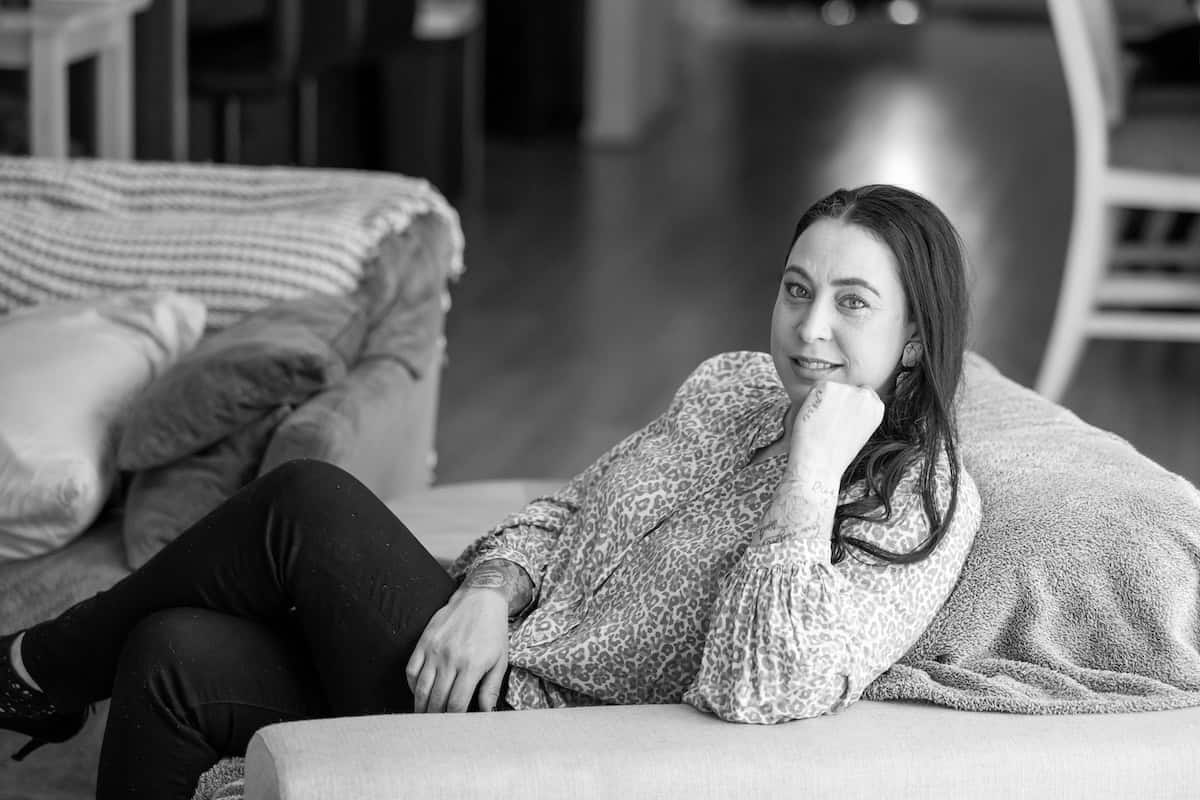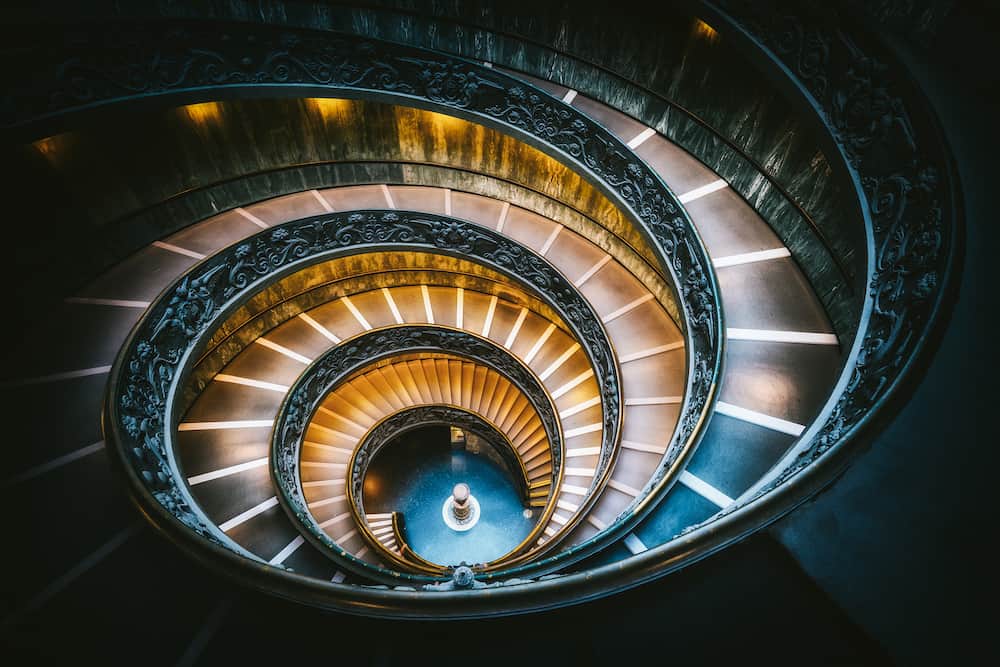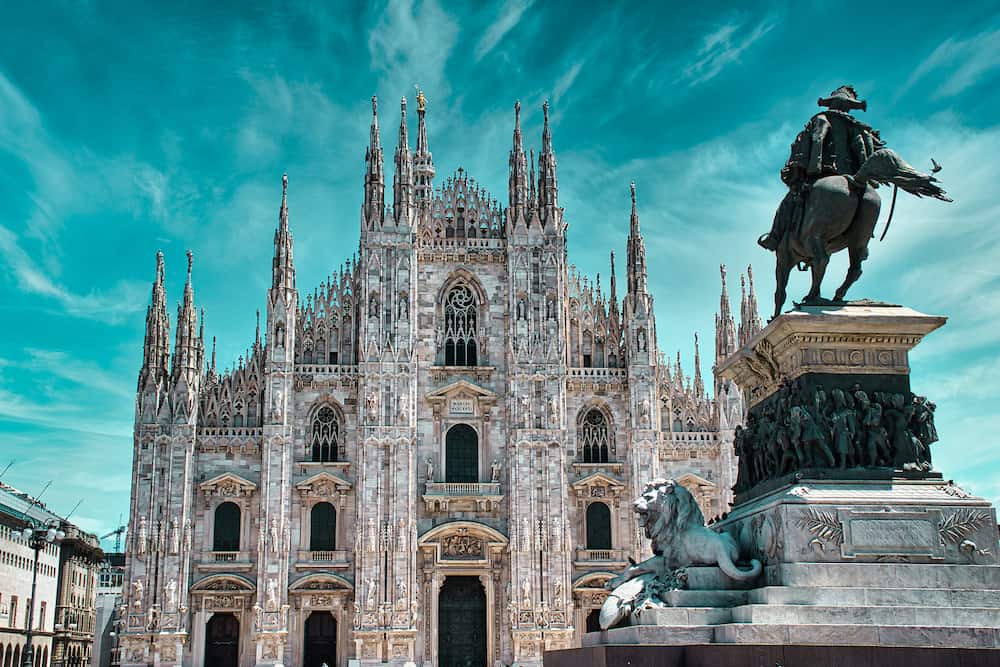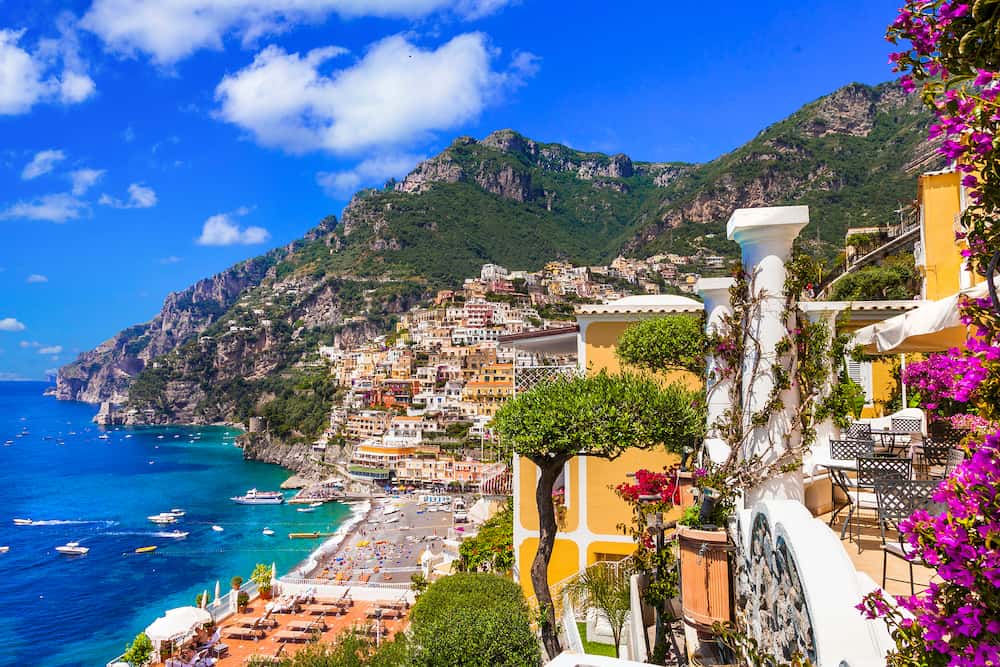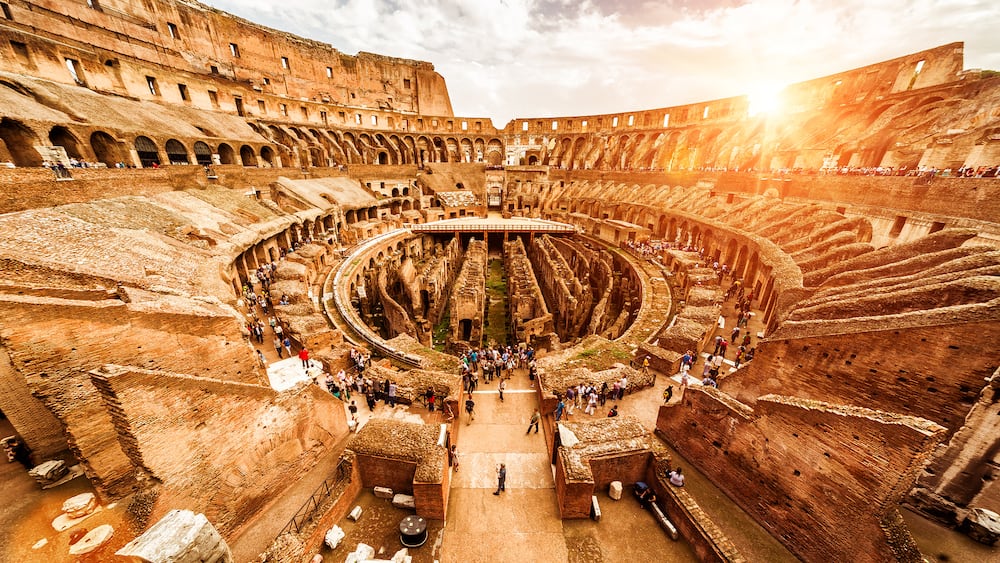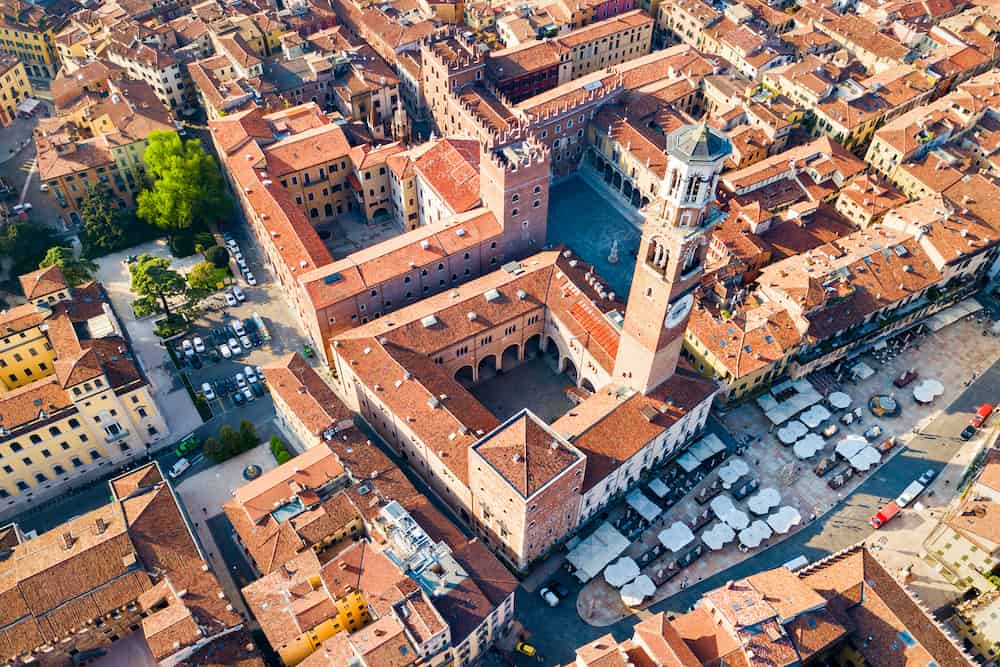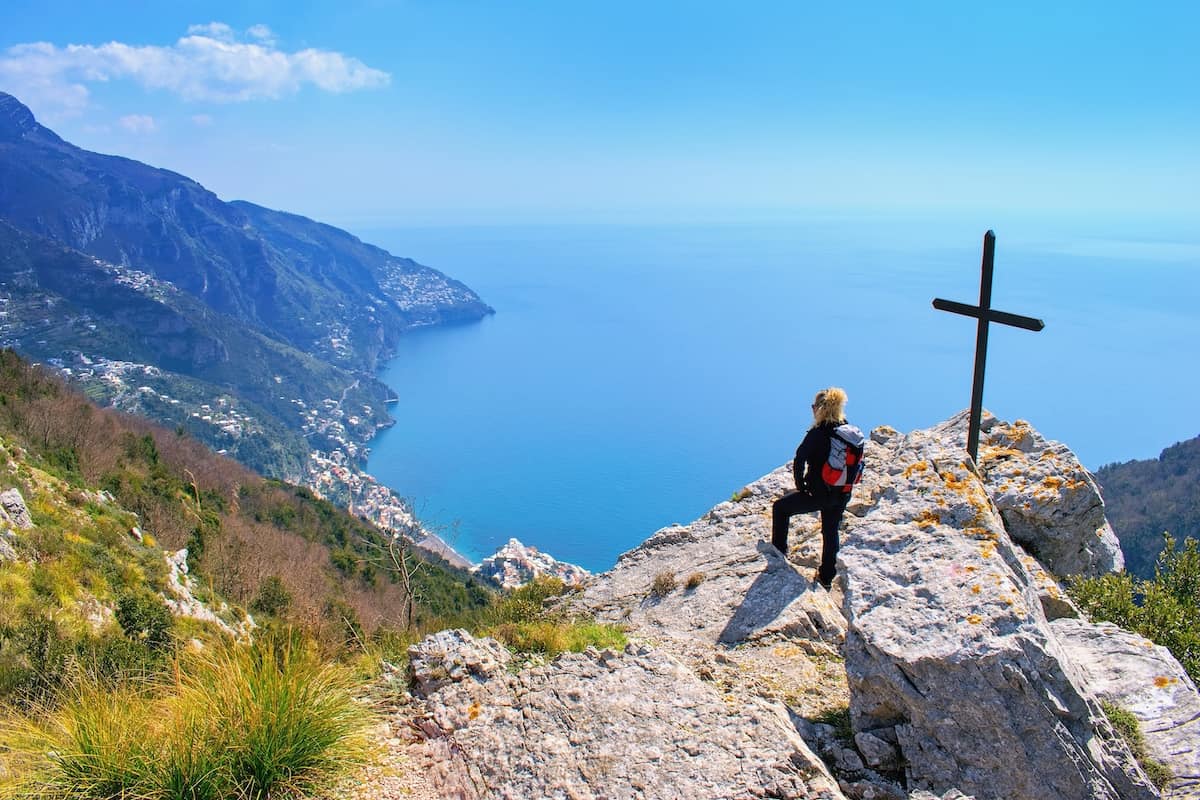Weird, Unusual, and Unique Things to do in Rome
If it is your first visit to Rome I would suggest refreshing yourself with a bit of the history of Rome before you arrive, it will help you to better immerse yourself into Roman culture.
It’s a city of historical sights and landmarks, so the more you know the easier it is to put the pieces together.
We’ve created a list of weird, unusual and unique things to do in Rome. You can either see the attractions in the below order (which I’ve found to be the most efficient way to see a heap of sites in a few days without having to double back) or pick and choose which ones you want to see. So let’s get started!
Plan your trip
Save on fees abroad with the Wise Card—use it at ATMs, restaurants, and for flights or hotels in over 150 countries. Manage 40+ currencies in real-time with the Wise app.
Need Help Planning?
- Cheap Flights: Find the best deals.
- Accommodation: From hostels to luxury stays.
- Car Rental: Affordable options worldwide.
- Sightseeing Tours: Explore without breaking the bank.
- Travel Adapter: One adapter for all your needs.
- Travel Insurance: Don’t risk it—stay covered.
This post includes affiliate links. Read my full disclosure and content policy.
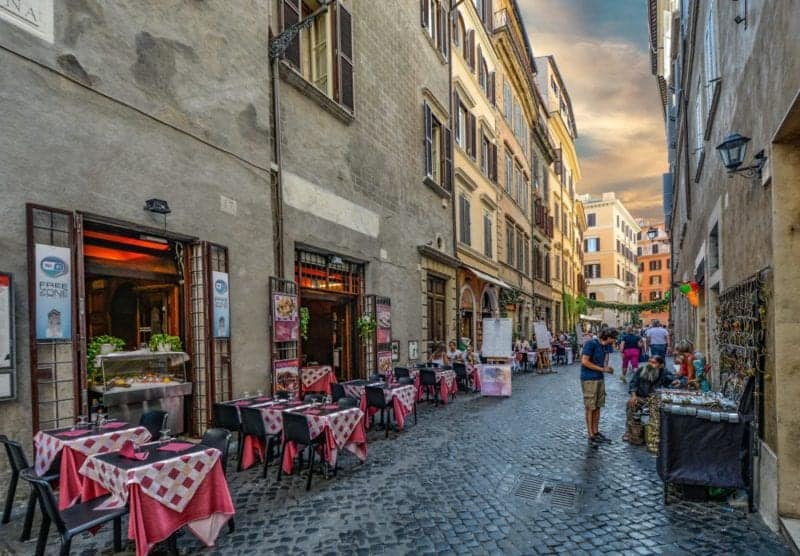
Museum and Crypt of Capuchins
We’ll start off with something a little unique and not something most tourists would venture to. It’s a bit of a “hidden gem” and “off the beaten track” (or whatever cliché words you can think of)… it’s certainly an interesting experience, which makes you stop to think of your own mortality, make the most of your time here on this beautiful earth!
The Capuchin Crypt is a small space comprising several tiny chapels located beneath the church of Santa Maria della Concezione dei Cappuccini on the Via Veneto near Piazza Barberin.
Grab an audio guide and and take your time around the museum. The Crypt contains the skeletal remains of over 3,700 bodies which are believed to be Capuchin friars buried by their order
The Museum is comprised of 5 different rooms with most of the artwork made up of the bones of deceased friars. The displays of the relics and mummified remains are quite interesting.
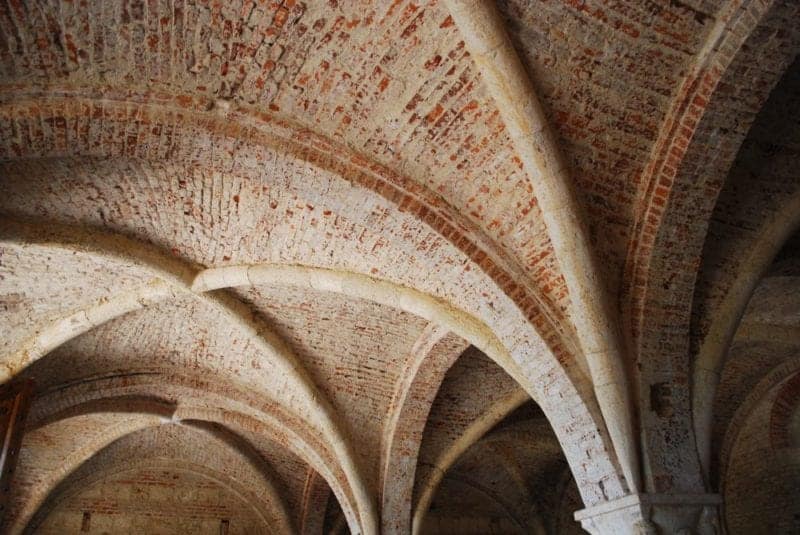
Villa Borghese Gardens and Borghese Gallery
The famous Borghese villa was constructed at the beginning of the 17th century for Cardinal Scipione Caffarelli Borghese, the nephew of Pope Paul V. The villa is surrounded by one of the third largest public park in Rome, covering 200 acres of land, the views from the top of the hill over Rome are amazing!
This are contains the Borghese Gallery and the Gallery of National Modern Art and of course the large gardens. The garden contains various sculptures by Bernini and other artists and the Villa Giulia houses the Etruscan Museum and the remnants of other villas too.
If you’re an art lover, I’d highly recommend spending a few house at the Borghese Gallery. The gallery includes twenty rooms across two floors, filled with paintings and sculptures.
The main floor is devoted to classical antiquities of the 1st–3rd centuries AD including a famous 320–30 AD mosaic of gladiators found on the Borghese estate.
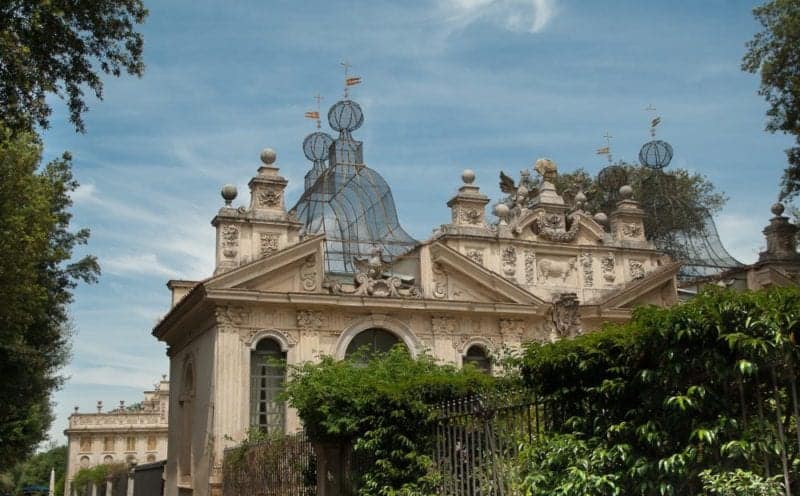
Piazza del Popolo
Piazza del Popolo, the name in modern Italian literally means “People’s Square”, which makes sense as it’s a popular place to relax for modern Romans and visitors alike. However it wasn’t always a happy place, It used to be a place for public executions, the last of which took place in 1826.
Piazza del Popolo holds a special place in my heart, as was the first place I visited in Rome, it happened to be around the corner form my hotel and from here I was able to better orientate myself to this amazing city. A lot of group (and private) tours meet up in the square to head off for a day of adventure.
In the centre of the square stands a large Popolo Obelisk which is similar the one located in St. Peter’s Square, they were both brought over from Egypt.

Spanish Steps
The Spanish Steps are located between the Piazza di Spagna (fountain at the bottom of the steps and the Piazza Trinita dei Monti (church at the top of the steps).
There are a total of 135 steps, which were constructed in 1725 to span the gap and slope between these two popular sites. The steps are framed by a large stone wall going from the top to the bottom.
At the bottom of the steps near the Piazza di Spagna is an area that features a lot of gift shops, designer shops and cafes and restaurants, so that you can enjoy a meal and take in the view.
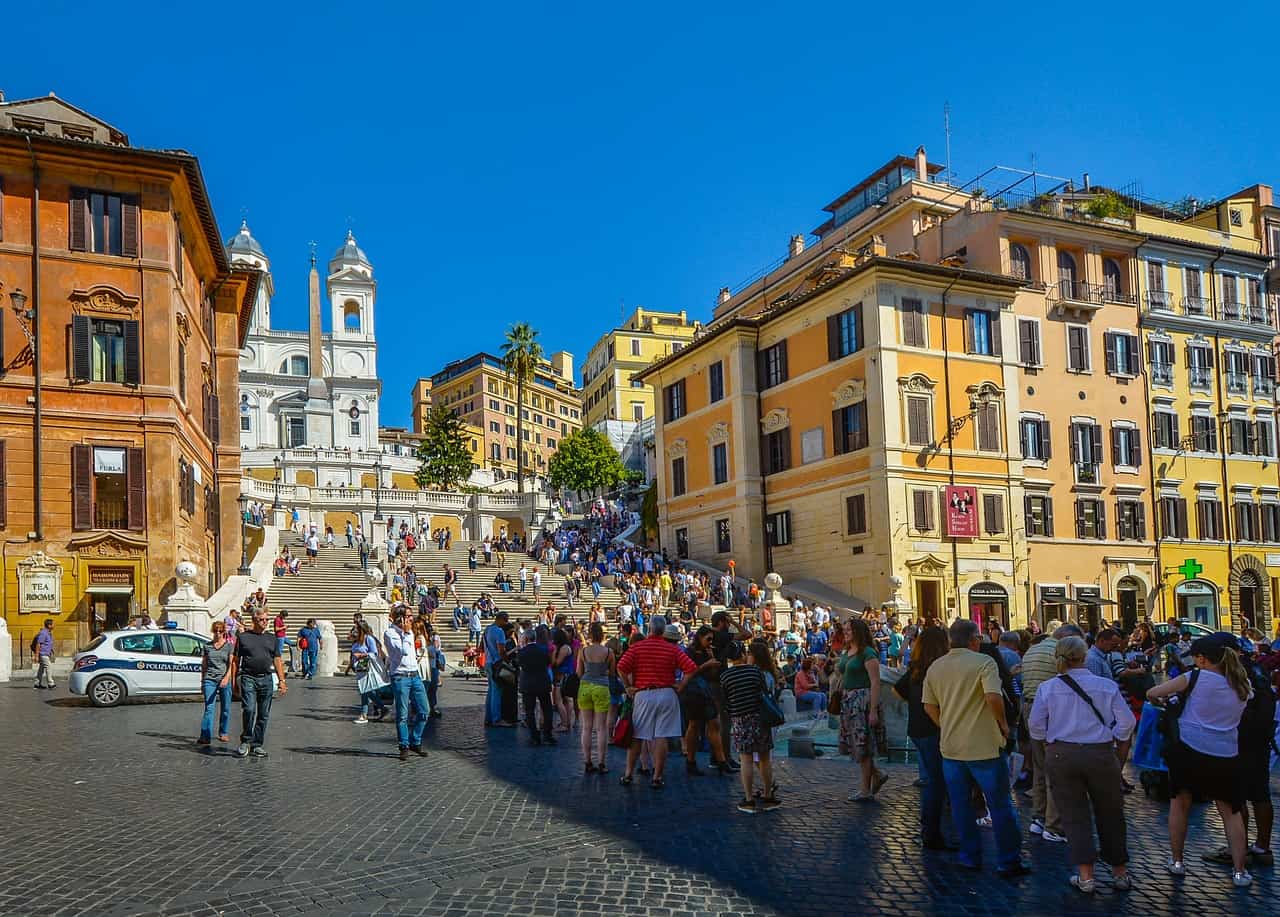
Trevi Fountain
A good place to start is the Trevi Fountain to get a feel of Rome. The fountain dates back to ancient Roman Times and it stands at about 85 feet tall. The fountain is located in somewhat close proximity to the Spanish Step. The fountain has recently been renovated, back to its former glory!
There is a long tradition of throwing a coin into the fountain with your right hand over your left shoulder, which ensure a return trip to Rome! However it can be difficult to do next to the hundreds of other tourists trying to do the same thing!
I’d recommend heading to the Trevi Fountain around Midnight to get an unobstructed photo – most of the tourists are tucked into bed by this time or try first thing in the morning around 4 or 5 am.
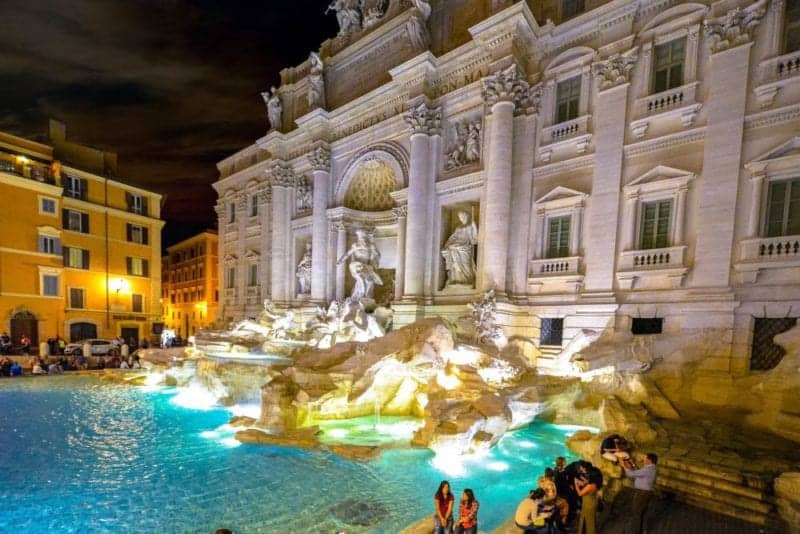
Tempio di Adriano
On my first trip to Rome, I got a little lost on the way to the Pantheon and I mistook the Tempio di Adriano site for the Pantheon as I didn’t know what it looked like (whoops!). That’s what I loved about Rome; you find little treasures when you get lost!
The Corinthian columns are a great photo opportunity as they aren’t usually that crowded. The 11 columns are now incorporated into part of a bank, its lovely that they have survived the age of time and have been turned into something visually beautiful.
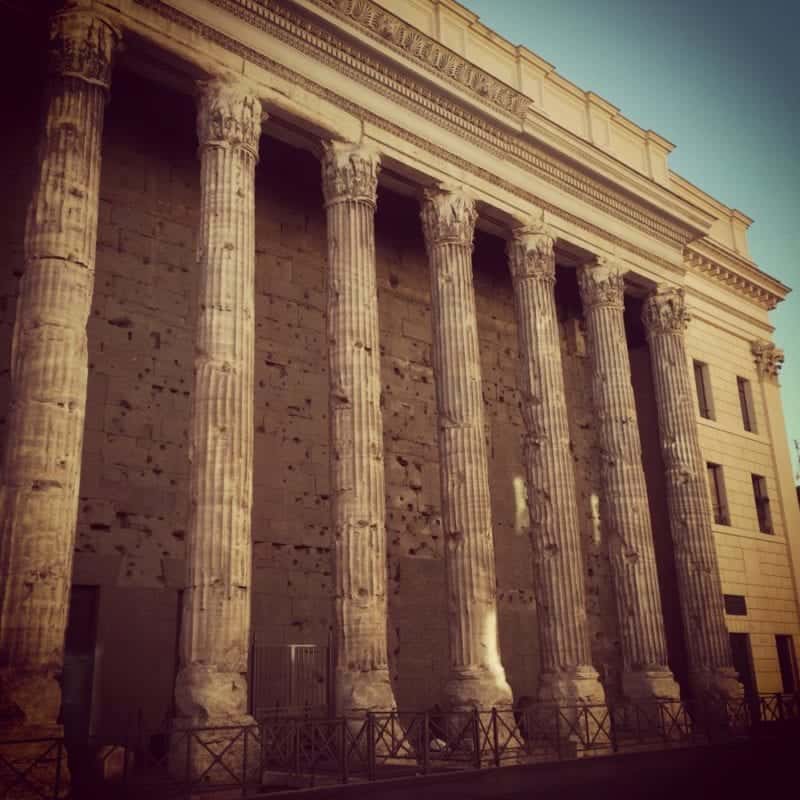
Pantheon
The Pantheon is one of the best preserved ancient Roman buildings in the world and is one of Rome’s most famous attractions. It’s a former Roman temple but now a church. The site was commissioned by Marcus Agrippa during the reign of Augustus
At the front of the building stands a rectangular porch lined with huge Corinthian columns and a dedication to Agrippa on the triangular pediment. The interior features a massive dome that has a series of stone patterns and a central coffer that allows light to spill through, its stunning during the day.
You might be lucky enough to experience live Cello players, who come by daily to play right outside the Pantheon. Their music adds to the atmosphere.
I would recommend grabbing a coffee or some lunch at one of the nearby restaurants or cafes and enjoying the view and a little people watching. I spend a few hours here enjoying the ambiance.

Piazza Navona
Piazza Navona is a square close to the Pantheon. Which sits on the site of the Stadium of Domitian, which was built in the 1st century It’s main features is the incredible Fontana dei Quattro Fiumi also known as Fountain of the Four Rivers.
The fountain depicts the four river gods with a large Egyptian Obelisk in the centre. The fountain is located in the centre of the Piazza Navona which was designed by the legendary sculpture, Gian Lorenzo Bernini.
Collectively, the River Gods represent four major rivers of the four continents through which papal authority had spread: the Nile representing Africa, the Danube representing Europe, the Ganges representing Asia, and the Río de la Plata representing the Americas.
Piazza Navona also has two other fountains. One at the southern end is the Fontana del Moro with four Tritons sculpted by Giacomo della Porta and then in1673, Bernini added a statue of a Moor, or a North African Muslim, wrestling with a dolphin
This is another square in Rome, where you can sit back and relax and just enjoy being in a new city! Plus each year a Christmas market is held in the square, where it’s brought to life.
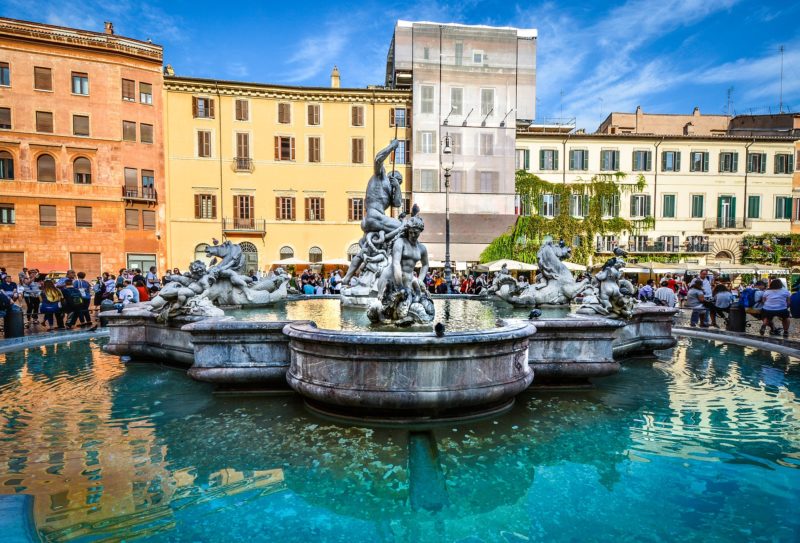
Altar of the Fatherland
Also known as the Altare della Patria, the Alter of the Fatherland is a monument built in honour of Victor Emmanuel, the first king of a unified Italy.
The front of the monument features stairways, Corinthian columns, fountains, an equestrian sculpture of Victor Emmanuel and two statues of the goddess Victoria riding on quadrigas stands a large bronze statue of Emmanuel and a few other stone sculptures.
The base of the structure houses the museum of Italian Unification and in 2007, a panoramic lift was installed in the structure which allowing visitors to go up to the roof to take in 360-degree views of Rome.
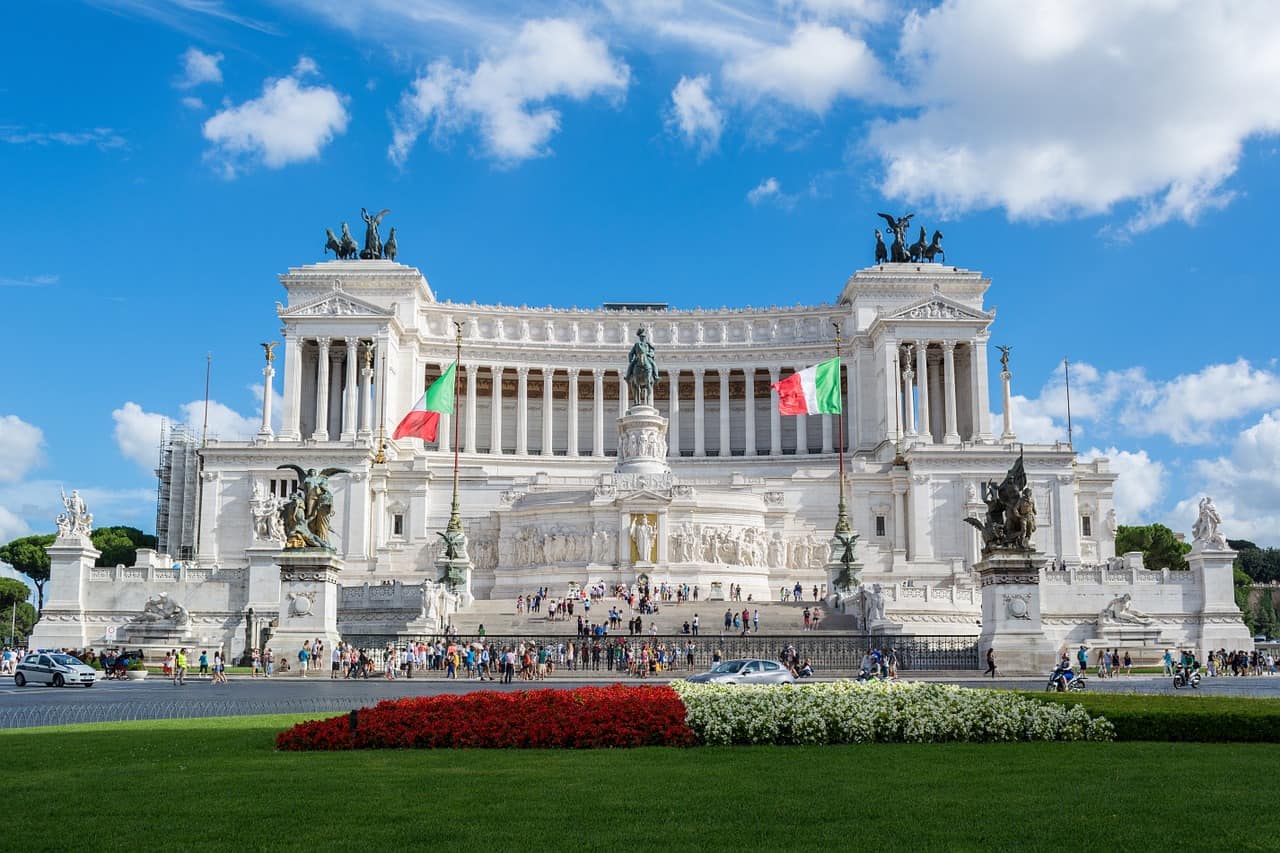
Colosseum
The Colosseum is the jewel of Rome (well in my opinion) it’s an attraction you can’t visit Rome without seeing! It’s situated just east of the Roman Forum and it’s construction began under the emperor Vespasian in 72 AD, which was completed in 80 AD and could hold over 80,000 spectators.
This Amphitheatre was used to hold games to entertain Romans of the time. Including gladiator tournaments, animal hunts (using animals imported from Africa), re-enactments of famous battles, dramas based on Classical mythology and even executions.
Although partially ruined due to damage caused by earthquakes and stone-robbers, the Colosseum is still an iconic symbol of Imperial Rome.
You can either walk to the Colosseum (most hotels are located in central areas) or you can use the Roman Metro system. The Colosseum is located to the south west of the main terminus train station.
I would highly recommend purchasing a skip the line ticket or even a guide to show you around. The lines for entry can be up to 2 hours long in peak seasons. You can also purchase tickets to go into the underground area beneath the Colosseum which can only be taken with a guide.

Arch of Constantine
Situated between the Colosseum and Palatine Hill, the Arch of Constantine is a triumphal arch erected by the Roman Senate to commemorate Constantine I’s victory over Maxentius at the Battle of Milvian Bridge in 312AD.
Standing at 21m high, it’s clearly visible from the surrounding areas (even from the inside of the Colosseum).
The Arch actually has 3 archways, the central archway is the main feature. The artwork and sculptures laid on the arch are an amalgamation of many different themes and combine together to form a wonderful display of ancient history.

Domus Aurea
The Domus Aurea, also know as the Golden palace was a vast landscaped palace built by the Emperor Nero in the heart of ancient Rome after the great fire in 64 AD had destroyed a large part of the city and the villas on the Palatine Hill.
Despite building this incredible palace for himself, Nero rarely lived there. The Golden Palace was designed as a place of entertainment as suggested by the presence of 300 rooms without any sleeping quarters, kitchens or latrines have been discovered.
Nero commissioned a large bronze statue of himself and the statue was placed just outside the main palace entrance at the terminus of the Via Appia, in a large atrium that divided the city from the private villa.
After Nero’s death, the Golden House was considered a “severe embarrassment” to his successors and It was stripped of its marble, jewels and its ivory. The site was then filled with earth and built over. Within 40 years, the Golden House was completely buried beneath the new constructions.
It was rediscovered again in the 15th century, when a young roman fell through a cleft in the Esquiline hillside. The discovery led to the arrival of moisture which started to decay the building and heavy rain was blamed in the collapse of a chunk of ceiling.
Since then archaeologists have attempted to restore areas several times however they had to keep closing areas to restore them again due to the weather. There are tours currently for this tie however I’m not sure how long they will run for.
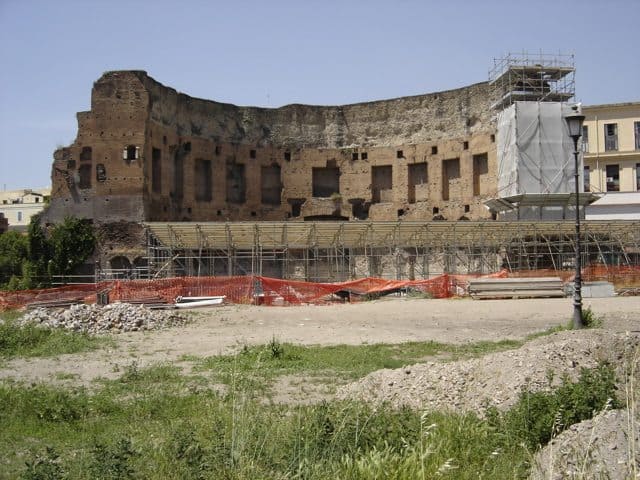
Baths of Caracalla – Roman Baths
The Baths of Caracalla, were the city’s second largest Roman public baths, likely to have been built between AD 212 and 216/217, during the reigns of emperors Septimius Severus and Caracalla.
It’s said that the baths were one of the main forms of entertainment in ancient Rome. They were in operation until the 530s and then fell into disuse and ruin, the ruins still stand today and are a tourist attraction in rome.
The baths were the only archaeological site in Rome to be damaged by an earthquake near L’Aquila in 2009.They were again damaged, though minor, in August 2016 by an earthquake in central Italy.
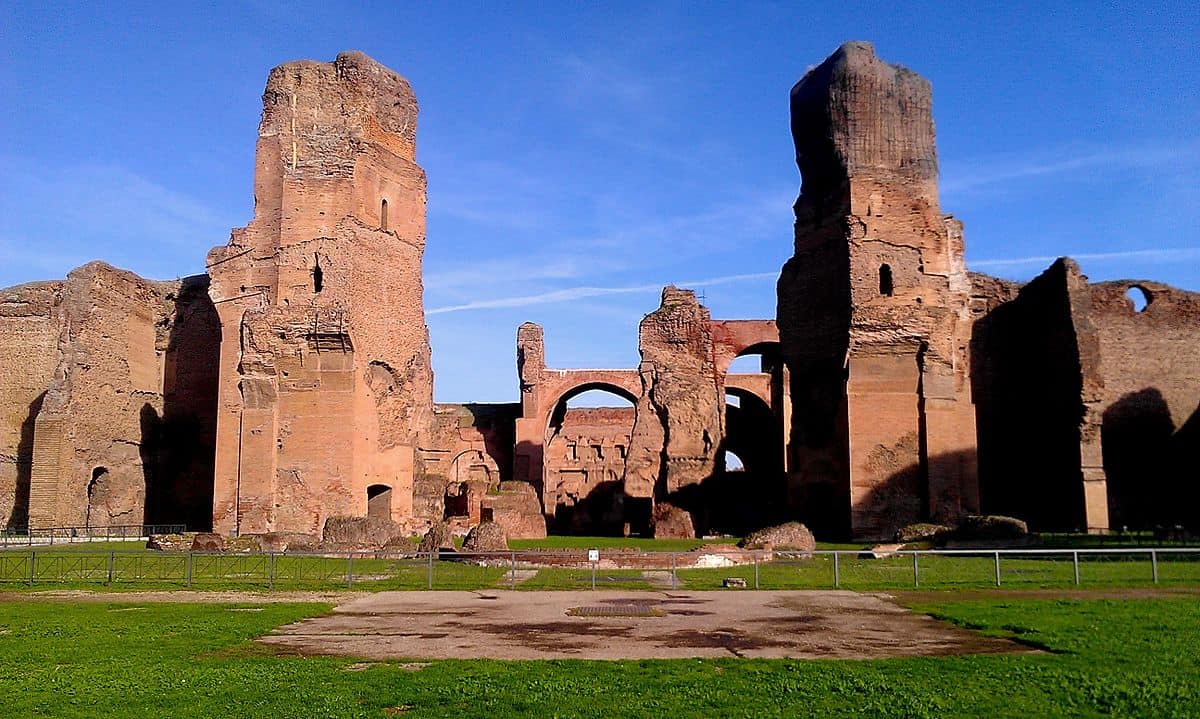
Protestant Cemetery of Rome and the Pyramid of Cestius
Protestant Cemetery of Rome, is just across from the Pyramids of Cestius and while visiting a cemetery is unlikely to be on the top of your the things to see while in Rome list, if you’re in the area its worth checking it out.
The cemetery is a Non-Catholic public Cemetery and the land was originally designated by the Pope Clement XI. The earliest known burial is that of a University of Oxford student named Langton in 1738.
The Pyramid of Cestius is an ancient pyramid in Rome located within the Protestant Cemetery. It was built in about 18–12 BC as a tomb for Gaius Cestius, a member of the Epulones religious corporation.
Hardly surprising that this pyramid is now a cat sanctuary, there always seems to be a strong connection between Egyptians and cats. It’s said to be the only Pyramid in Rome.
The pyramid is open to the public every second and fourth Saturday each month, visitors must arrange their visit in advance.
Aventine Keyhole
On Aventine Hill, which is the is the southernmost of Rome’s seven hills away from the manic tourist ares, is the small and charming Piazza of the Knights of Malta (Piazza dei Cavalieri di Malta) designed in 1765 by the famous Italian architect Giovanni Battista Piranesi.
The structure is a tall ornate wall that looks like the facade of a building, which has a wooden door that blocks the entrance to the garden of the Knights of Malta.
The Key Hole on this door reveals an enchanting vision of the far away dome of St Peter’s Basilica, beautifully framed by the manicured trees inside the garden just beyond the door.
Take along some snacks and a drink to enjoy in the gardens surrounding this area.
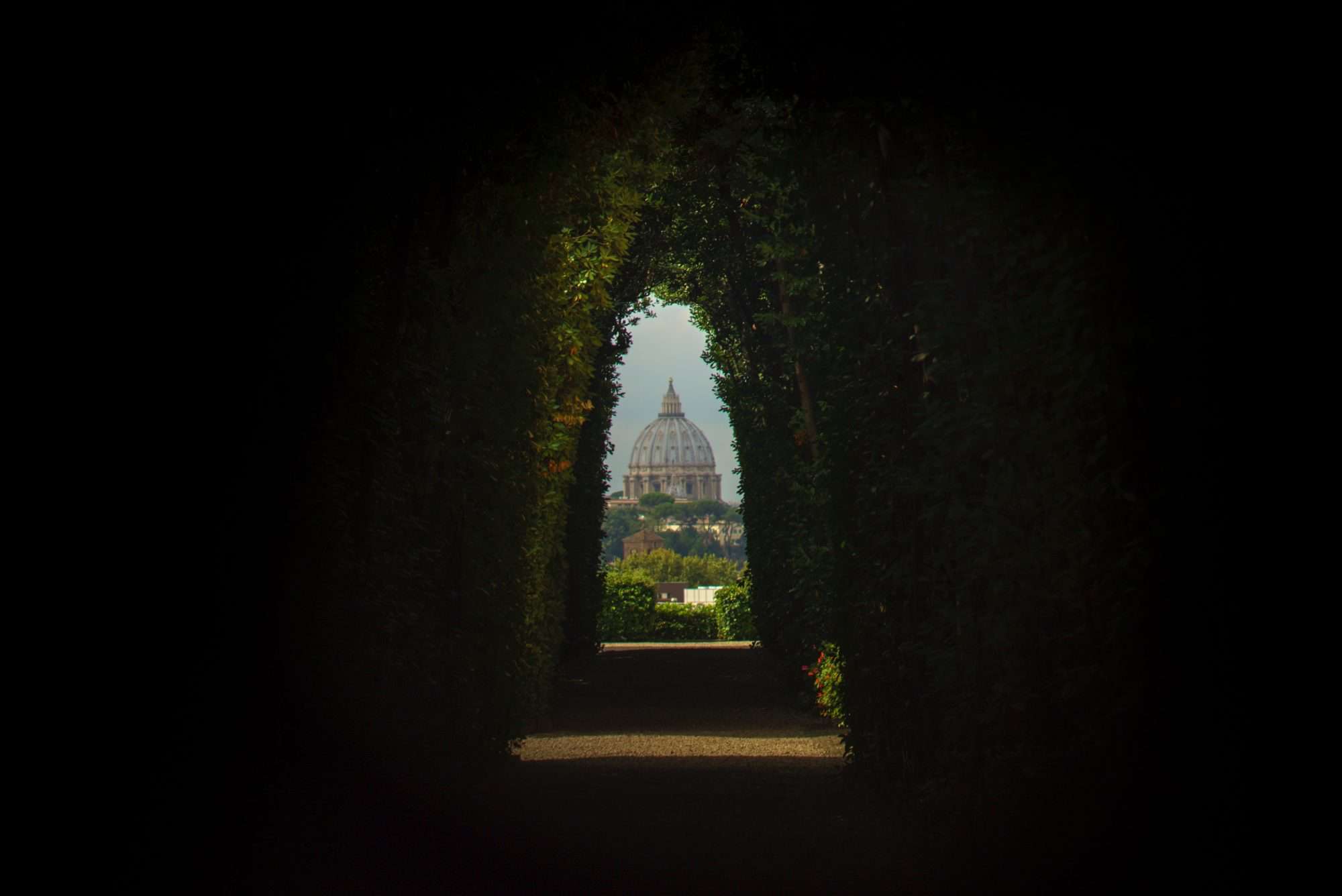
Roman Forum
Tickets can be purchased for entry to both the Forum and the Colosseum (2 for 1!), make sure to allow yourself plenty of time to properly explore these ruins.
Located between the Colosseum and Altar of the Fatherland, the Roman Forum is an ancient site which consists of multiple ruins there were a collection of historic buildings which used to be a bustling market place.
The Roman Forum shows off various temples, including the well known temples of Saturn, Titus and Vesta and the Arch of Severus.
While most of the these structures are still standing today, some are not however you can still see the arches, building foundations and walls or buildings that once were.
The Lacus Curtius or Lake of Curtius located on the grounds of the Roman forum is filled in and paved over and is no more than a circular slab of ancient stone. In ancient time there was a legend (or old story) that said that the pit opened up due to an earthquake, reviling a deep passage to the “underworld”.
The Romans tried to fill in the pit however no matter how much soil they put in, it never closed. In 362 BC Marcus Curtius dressed in full battle armour and rode his horse into the pit, where the pit apparently closed up after him and he was never seen again. Well this was one of many theories.
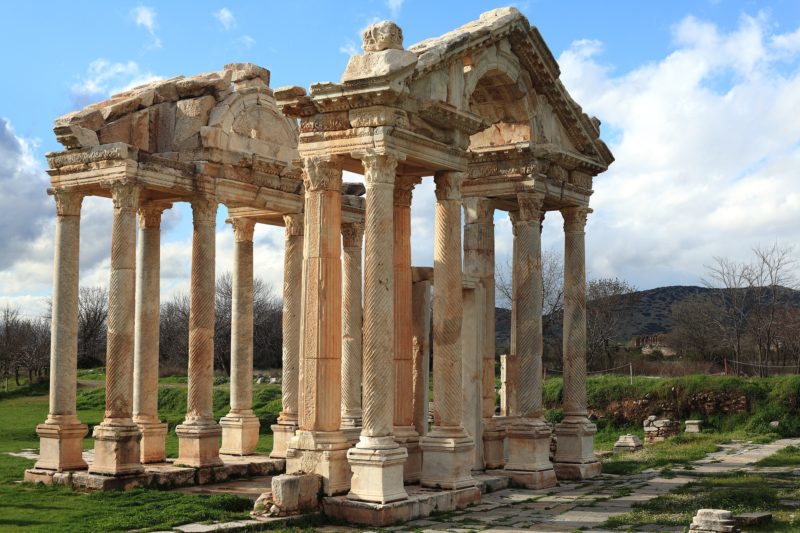
Palatine Hill
Admission into Palatine Hill is usually included with tickets purchased for the Roman Forum however you can purchase separate tickets if you wish.
Palatine Hill is the centremost of the “Seven Hills of Rome” and is one of the most ancient parts of the city and includes 17th century aviaries, the Flavian Imperial Palace, the Temple of Cybele and huge retaining walls. It’s rich in Roman mythology and legends. Several structures still stand including the.
This is where the legendary Romulus and Remus were supposedly found, it’s said that it said that they then went on to build the city of Rome, according to Roman mythology.
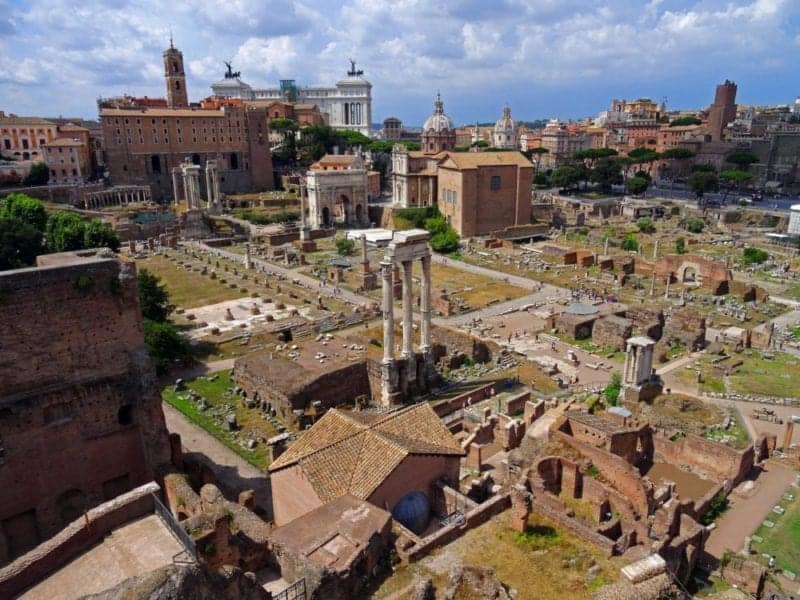
Castel Sant’Angelo
The Mausoleum of Hadrian also know as the Castel Sant’Angelo, is a towering cylindrical building in Parco Adriano area, it was built between 134 and 139 AD.
It was initially commissioned by the Roman Emperor Hadrian as a mausoleum for himself and his family, later the building was used by the popes as a fortress and castle, and is now a museum.
To get the best view (or photo opportunity) of the castle, cross the bridge of Saint Angelo, which spans the River Tiber and creates a footpath between the Castel Sant’Angelo and the other side of the river.
The bridge itself is a sight to see, the main features of the bridge are 10 angel statues that sit at intervals on the top of the ramparts.

The Vatican (Sistine Chapel, St. Peter’s Basilica & St Peter’s Square)
The Vatican is actually a small city state that resides within Rome, it is the headquarters of the Roman Catholic Church and home to the Pope.
Unique thing to do at the Vatican : Mail your postcards from Vatican City. You’ll receive cool stamps and postmark from the Poste Vaticane, which is Swiss run and a very efficient postal system.
You can easily spend a whole day at the Vatican, it houses amazing gardens, a massive museum and of course the famous Sistine Chapel, St. Peter’s Basilica & St Peter’s Square.
The Vatican gardens are rumoured to have every flower from the bible growing there. In order to see all of this and be granted access, which means you must take a scheduled tour.
St Peter’s Square is located at the front of the Vatican, the square is actually a circular plaza and is framed by two huge sets of colonnades, four columns deep, which embrace visitors in “the maternal arms of Mother Church” with beautiful statues of various religious figures and previous popes, standing on top. The centre of the square features an ancient Egyptian obelisk which was erected in 1586
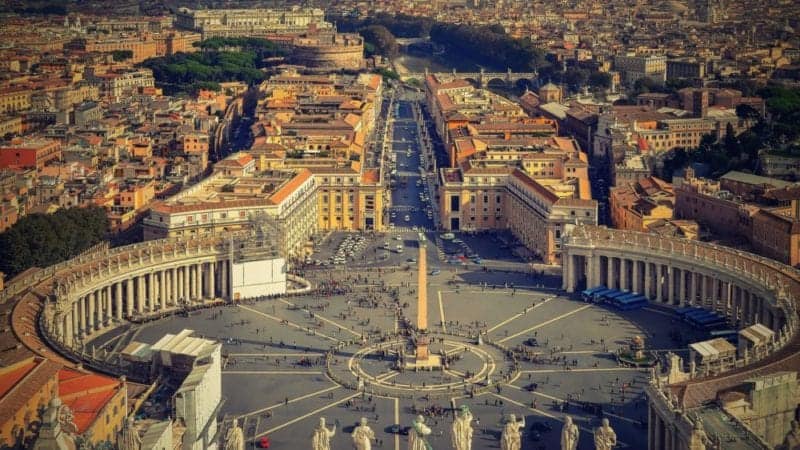
At the end of the St Peter’s square stands the iconic St Peter’s Basilica. The Papal Basilica of St.
Peter in the Vatican, is an Italian Renaissance church. Designed by Donato Bramante, Michelangelo, Carlo Maderno and Gian Lorenzo Bernini. St. Peter’s Basilica is the most renowned and the largest church in the world and is regarded as one of the holiest Catholic shrines.
Both the square and the basilica are named after Saint Peter, an apostle of Jesus and the first Catholic Pope. Who is supposedly buried directly below the high altar of the Basilica.
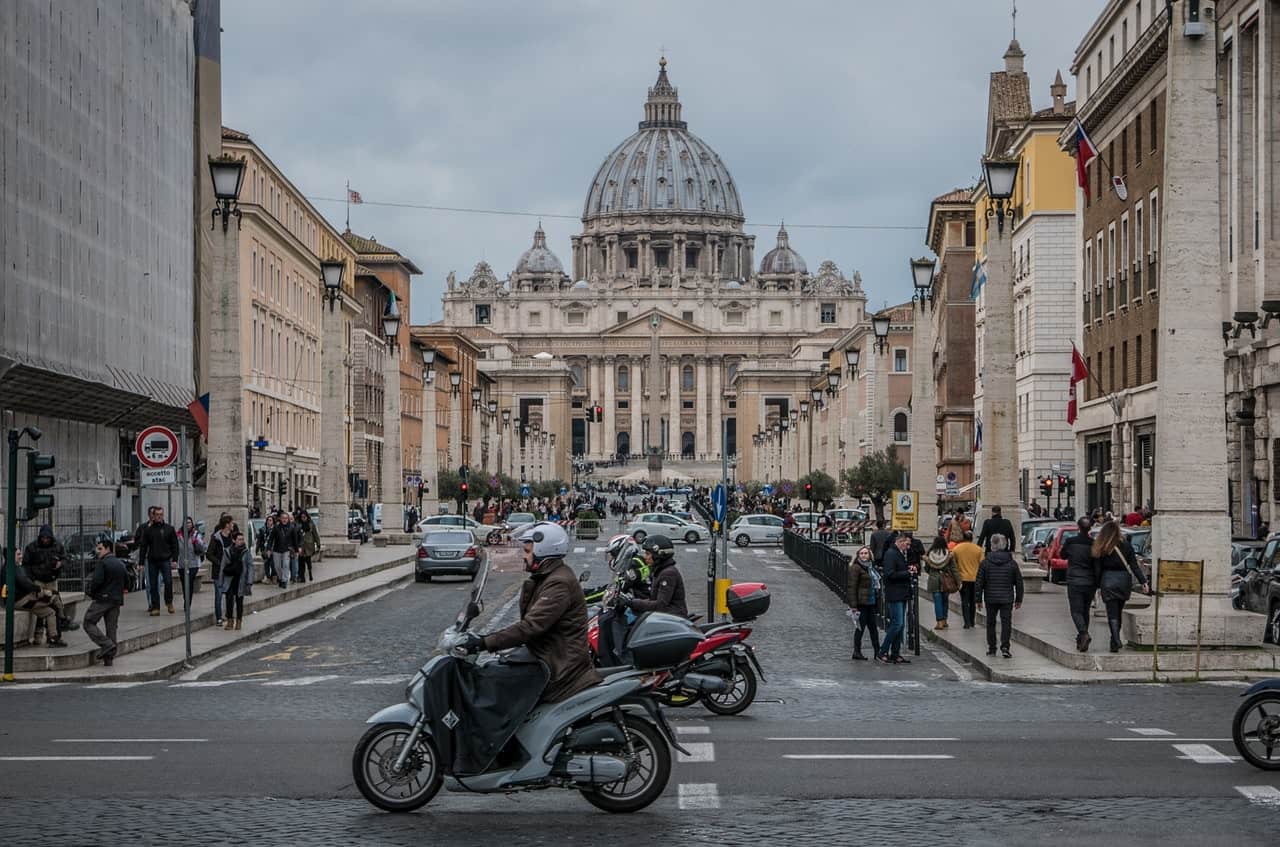
The Vatican museum houses approx. 54 galleries, which is over 5 miles (7kms!) of corridors and holds over 70,000 pieces of artwork, of which 20,000 are on display. Pope Julius II founded the museums in the early 16th century.
The museum features several very famous paintings, sculptures and specialising galleries including the Spiral Staircase, Gregorian Egyptian Museum, Gallery of Maps and Sistine Chapel ceiling which was decorated by Michelangelo.
Notable piece include the Transfiguration by Raphael and the Entombment of Christ by Caravaggio. Its easy to spend 3-5 hours or even a whole day at the Vatican, there is so much to see Each are contains different artworks and themes.
I would highly recommend a guided tour either private or a group tour in the Vatican, you will learn so much more with a guide than you will on your own. If you go on your own then I’d recommend getting a skip the line ticket otherwise you could be waiting 1-2 hours just to get in during peak times.
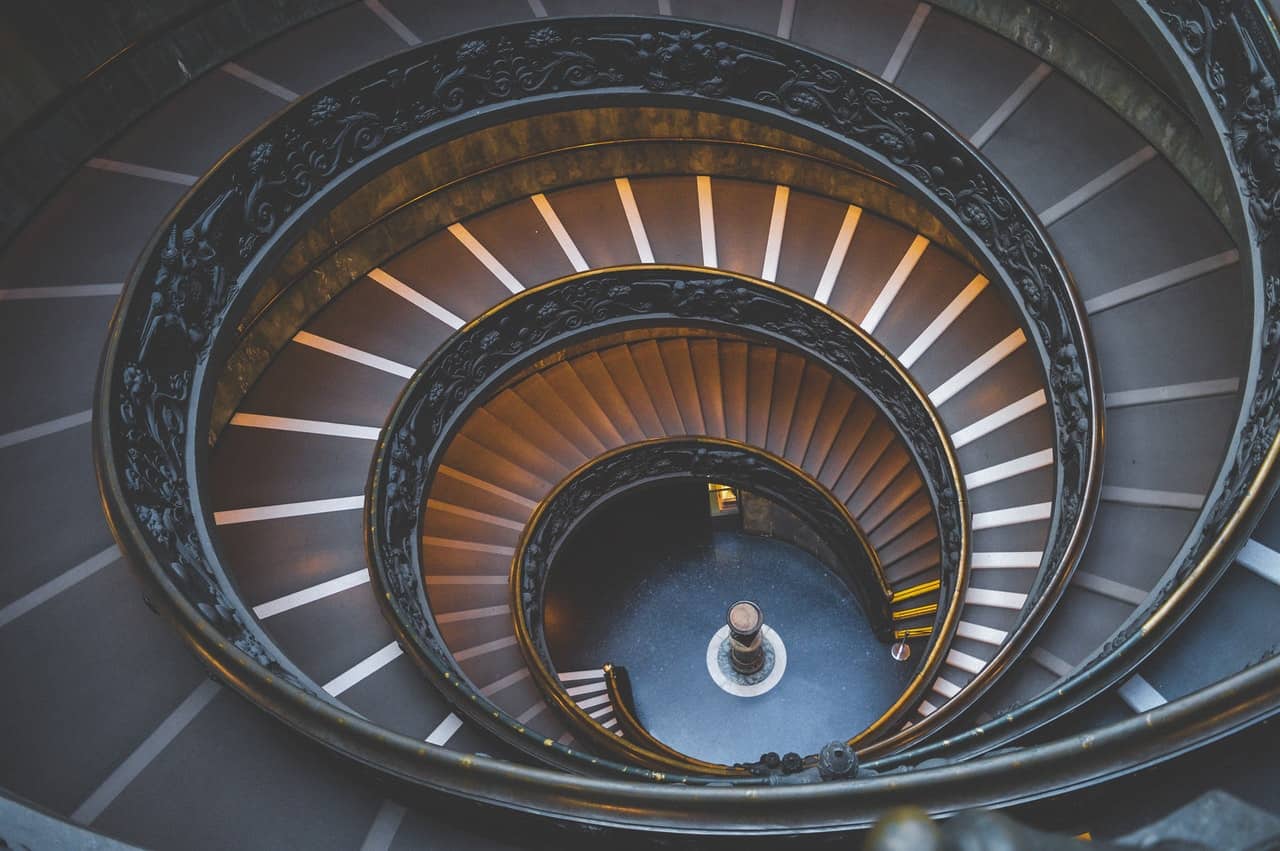
Trastevere – A Foodies Heaven
Trastevere is a funky, bohemian suburb located on west on the River Triber in Rome. It clings to its centuries-old, working-class roots, with it’s narrow cobbled streets and immense character. Trastevere has a look and feel of a traditional small Italian town.
It’s known for traditional and innovative trattorias, craft beer pubs and artisan shops. From the pre-dinner passeggiata (promenade) until late, a young crowd buzzes around Piazza di San Calisto and Piazza Santa Maria in Trastevere, the site of a gilded, mosaic-filled church.
Catch the outdoor market which happens in Piazza San Cosimato every morning but Sundays, which sees lots of fresh goodies such as fruits, veggies, meats, bread and other baked goods. Maybe consider a free “foodie” walking tour.
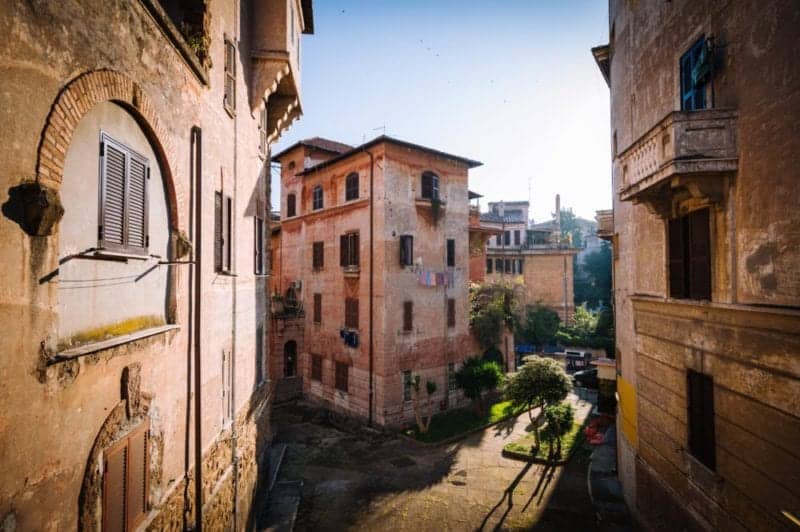
A few extra unique things to do in Rome
- Buy some freshly made bread and then head to Campo de’ Fiori, first thing in the morning to sample olive oil and balsamic vinegar at the market.
- Eat Carciofi alla Giuda (artichokes done in a Jewish style). You can buy fresh baked artichokes in the Jewish Ghetto.
- Take a food or market tour in Rome, a local will show you the best places to eat!
- Find out what it takes to be an ancient Roman gladiator at the Gladiator School of Rome. Spend 2 hours learning what it takes to be a Gladiator while wearing a traditional gladiator tunic and belt!
- Hire a Vespa to take you around to all the sights in Rome (ride with caution – I think most Italians think they are formula one drivers haha! All my taxi drivers seemed to think so… give their excessive speed everywhere!). If a Vespa is a dawning through, maybe try hiring a bicycle and riding along the Tiber River.
- Take in the views at Monte Mario, which is the is highest hill in Rome. It’s located on the northwest side of the city.
- Visit the Torre Argentina Cat Sanctuary. There are approx. 250 cats living here and they have an ancient complex all to themselves. Torre Argentina also contains part of the famous portico of Pompey, where Julius Caesar was betrayed and killed in 44 BCE
- You can’t go to Rome and not have pizza! Go for a wander down Via del Corso and stop in at one of the many restaurants or cafes for a bite to eat.
If you’d like to save it for later, please save it to Pinterest.




